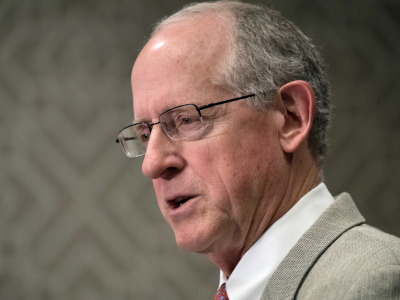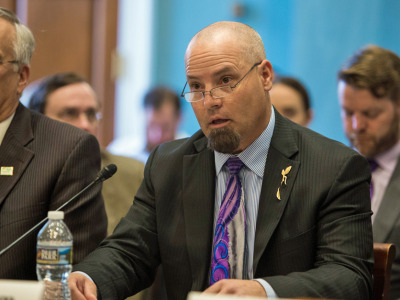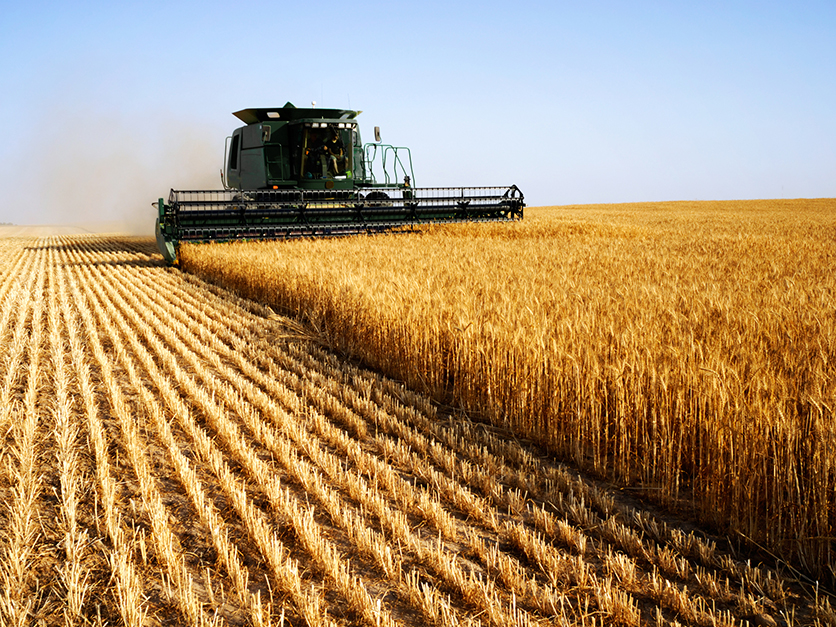WASHINGTON, Sept. 27, 2017 - As lawmakers prepare to write the next farm bill, they’re strapped for the cash they need to cover a long list of demands. One source of money is to require farmers to update their crop base acreage, which determines what they receive in commodity payments, but the idea would face significant political challenges.
The Congressional Budget Office estimates that a mandatory base update would save about $470 million over the next 10 years. That’s a relatively small amount of money, but lawmakers will be scrambling to find savings everywhere they can.
One veteran lobbyist suggested it would be enough to make fixes that some commodity groups want in the Agriculture Risk Coverage program or to expand the farm bill’s two export promotion initiatives, the Market Access Program and Foreign Market Development Program.
Dairy producers also want to expand the Margin Protection Program, which is currently estimated to cost about $180 million a year without changes. There also are 37 rural development, energy and nutrition programs that will have no funding after next year unless lawmakers find money for them.
Far more money, nearly $2.4 billion over 10 years, can be saved by eliminating the 17 million acres of “generic” base, which was formerly assigned to cotton before the 2014 farm bill. But cotton growers have already been proposing to reallocate generic base acreage to pay for making cottonseed eligible for the Price Loss Coverage program. About $1.3 billion of those payments are currently going to peanut growers.
The generic base was created when cotton growers elected not to participate in PLC or the Agriculture Risk Coverage program in the 2014 farm bill. Those acres are currently assigned to peanuts and other commodities.
"Generic base was never intended to be permanent," said House Agriculture Chairman Mike Conaway, a Texas Republican who is pushing for the PLC provision for cotton growers. He also didn't rule out a mandatory base update either. "We will look at every aspect -- base updates, reference prices, CSP prices -- all those things will be part of our conversation to see if we can best allocate whatever resources we have across the programs that we are responsible for." CSP is the Conservation Stewardship Program, but an aide said Conaway was referring to payment rates for the Conservation Reserve Program.

House Ag Chair Mike Conaway, R-Texas
Sen. John Thune, R-S.D., introduced legislation earlier this year that would update base acreage based on crops that a farm planted from 2014 to 2017.
A mandatory base update would save money in part because farmers are planting significantly more soybeans and fewer crops such as wheat than they did before the 2014 farm bill. Because soybean base is unlikely to qualify for significant PLC payments in the next farm bill, reassigning acres to soybean base lowers the projected overall cost of those programs. Wheat base would be reduced by 9.2 million acres to 53.3 million acres, under a mandatory update, according to CBO.
“What’s occurred is crop production has responded to market signals and reallocated at both the commodity and regional levels,” John Newton, an economist with the American Farm Bureau Federation, said in a recent analysis. “The increased demand for soybeans from China and for advanced biofuels, and for corn-based ethanol has driven an expansion in the production of these crops in areas where they were not historically grown -- likely at the expense of other commodities.”
The National Association of Wheat Growers opposes a mandatory base update.
PLC payments on wheat acres are expected to total about $1 billion over the next decade, given that prices are expected to remain well under the PLC reference price, $5.50 a bushel. Soybean prices, on the other hand, are expected to remain above the $8.40 PLC guarantee. About 43.5 percent of wheat base acres are enrolled in PLC.
“A mandatory base update would likely lead to the loss of several million wheat base acres. If Congress does make changes to the base acre system, whether it’s an update or a reallocation, NAWG urges lawmakers to grant farmers a voluntary option,” NAWG President David Schemm said in a statement to Agri-Pulse.

David Schemm, NAWG
He went on: "If Congress does ultimately require a mandatory base update, the cuts from the reduction in wheat base acres should be used to improve the wheat safety net.” NAWG has asked Congress to raise the wheat reference price closer to $7 a bushel.
Jonathan Coppess, a farm policy analyst at the University of Illinois and former administrator of the Farm Service Agency, said he’s “not sure how politically viable it would be” to require farmers to reallocate base acres. In addition to the shift from wheat base, the update also could trigger other political tussles between commodities, he said.
Overall, there would be 257.5 million acres of base acres nationwide after a mandatory update, including 86.3 million acres of soybean base, according to CBO. That total also would include about 3 million acres of former Conservation Reserve Program acreage and other newly cultivated land that doesn’t have base currently.
(Updated at 3:30 p.m. with aide saying Conaway was referring to CRP.)
#30
For more news, go to www.Agri-Pulse.com


